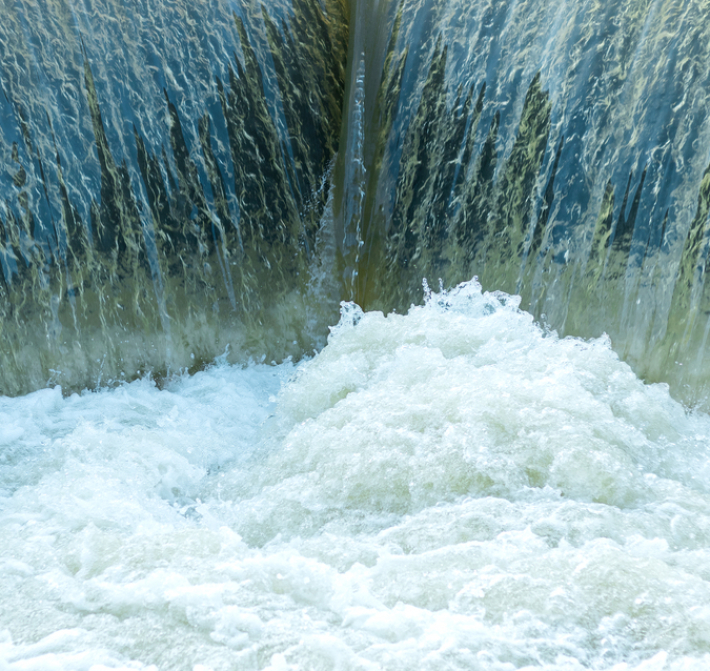
Dealing with it means pumping out the reservoir whilst shoring up the dam itself, which sounds deceptively simple. It isn’t, of course! To put the scale of an event like this in context, some comparison with the last similar one in the UK is useful. In 2007 the Ulley reservoir in South Yorkshire had to be pumped out to prevent the dam collapsing. It took 2,600 tonnes of stone to shore it up, three years to repair and cost £3.8 million.
Dam failure is a known risk. It is on the National Risk Register and its likelihood is described by the Cabinet Office as 'very low'. The 'reasonable worst-case' used to model this risk is based on a sudden (no notice) catastrophic failure of a major dam. The fact that we have come uncomfortably close to this risk being realised twice in 12 years might give cause to re-visit that assessment?
It has been suggested that we have one of the best dam safety regimes in the world, and the track record seems to bear that out. The UK’s worst failure was the sudden collapse of the Dale Dyke dam near Sheffield in 1864. The resulting flood killed 244 people. But there has not been a catastrophic failure in the UK causing loss of life since 1925. On the other hand, The Chair of the British Dam Society recently said that there have been 'many recent near misses'. Globally, there have been 40 dam failures this century. So far.
Her presentation can be found here.
She also pointed out that the average age of dams in the UK is 115 years, before going on to suggest that there is uncertainty about what impact extreme weather associated with climate change will have on dam safety. In fact, 43% of UK dams are over 100 years old. Some 2,100 dams fall under the Reservoirs Act 1975 and are regulated. Consequently, they are subject to a stringent safety regime with regular checks; local emergency planning is a requirement. Comprehensive and detailed mapping of all the associated inundation zones is available to help responders plan and prepare. If you want to know more, follow this link and click on 'flood risk from reservoirs':
But that does not cover all reservoir dams. In respect of those which are deemed too small or of low-risk types, the responsibility for their safety lies with the owners. They represent a level of risk that will probably be managed through local generic emergency arrangements in most areas.
The threat to life is the main issue, of course. There are dams in the UK with the potential, if they failed catastrophically, to kill up to 200 people and destroy or severely damage up to 500 properties. However, some American research suggests that fatality rates would fall very sharply if even small amounts of notice (in minutes) could be given. But the other potential impacts are also significant.
In some cases, the 'downstream' impacts could extend for up to 60 kilometres. This would involve damage to essential infrastructure like gas and electricity networks, telecommunications and roads and railways. Water supplies would be disrupted. For example, if the Ulley dam had failed in 2007 it would have put local residents in harm’s way, but also part of the M1 motorway, sewerage works, high-pressure gas mains, and electricity substation and part of the national grid. That near miss actually led to a review of the Reservoirs Act 1975 that tightened up the emergency planning requirements and made them more consistent across the country.
Most of these effects would be relatively short-lived, but the social dislocation would be more lasting. If it happened there would inevitably be concerns about safety in all communities that live within the inundation zone of a reservoir, so public confidence would become an enduring national issue. Guidance for emergency planners on how to communicate with the public about this risk can be found here.